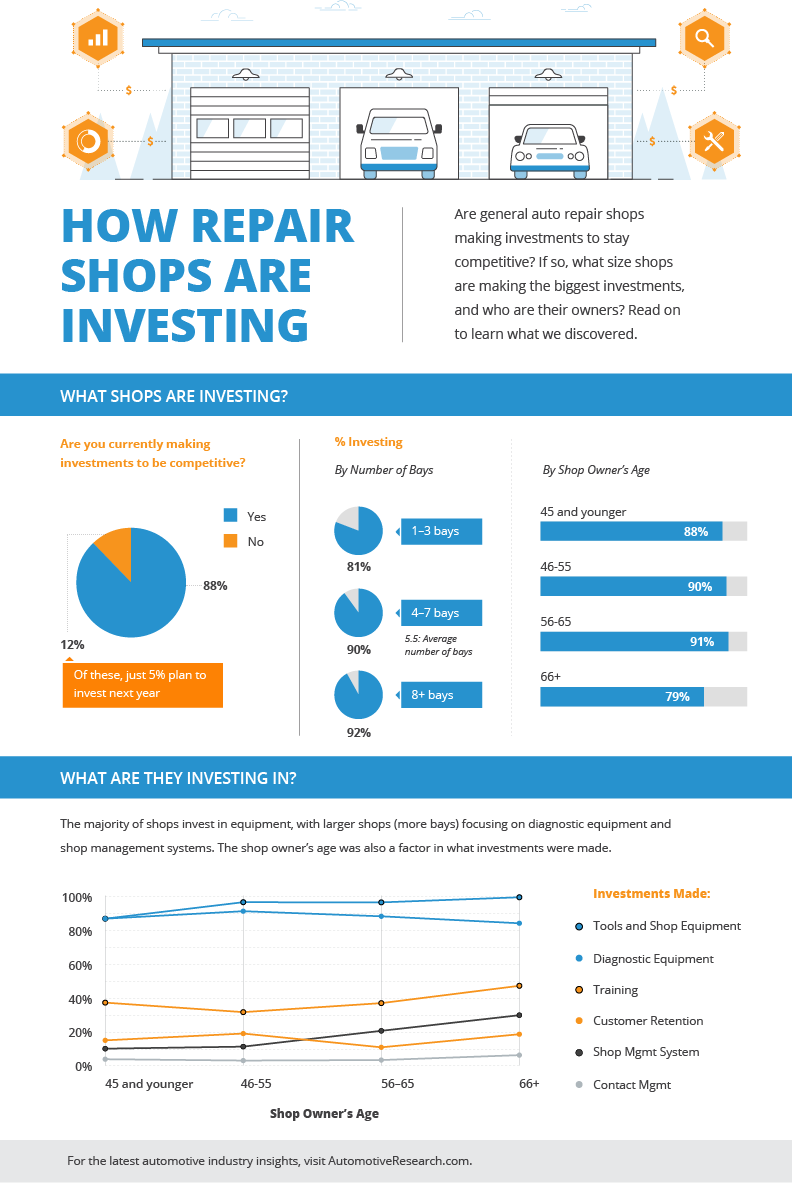Deciphering Your Vehicle'S Caution Indicators: What They Truly Signify
Deciphering Your Vehicle'S Caution Indicators: What They Truly Signify
Blog Article
Write-Up By-Termansen Corbett
When you lag the wheel, those beautiful warning lights on your control panel can be a little bit bewildering. Do you understand what they're attempting to inform you concerning your automobile's health and wellness? Understanding the relevance of these lights is essential for your safety and the long life of your vehicle. So, the next time among those lights turns up, would not you intend to decipher its message accurately and take the required actions to address it?
Common Caution Lights and Interpretations
Determine common caution lights in your cars and truck and understand their significances to make sure secure driving.
The most normal caution lights include the check engine light, which signifies concerns with the engine or discharges system. If this light begins, it's critical to have your vehicle checked promptly.
The oil pressure alerting light shows low oil pressure, needing instant attention to prevent engine damage.
A blinking battery light could suggest a defective billing system, potentially leaving you stranded if not dealt with.
The tire stress surveillance system (TPMS) light signals you to reduced tire pressure, impacting lorry stability and gas efficiency. Ignoring car upholstery cleaner can cause unsafe driving conditions.
The ABS light shows an issue with the anti-lock stopping system, endangering your capacity to stop swiftly in emergencies.
Lastly, the coolant temperature cautioning light warns of engine getting too hot, which can lead to severe damage otherwise dealt with quickly.
Recognizing these common caution lights will certainly help you resolve problems immediately and preserve secure driving problems.
Significance of Prompt Interest
Understanding the typical warning lights in your car is just the primary step; the relevance of quickly attending to these warnings can not be stressed enough to guarantee your safety on the road.
When a warning light brightens on your control panel, it's your car's method of communicating a possible concern that requires focus. Overlooking these warnings can result in much more severe problems in the future, endangering your safety and potentially costing you a lot more out of commission.
Trigger interest to advising lights can prevent malfunctions and crashes. For instance, a blinking check engine light might suggest a misfire that, if left unattended, can create damage to the catalytic converter. Resolving https://troylhavp.actoblog.com/30536656/the-change-of-auto-outlining-practices-over-the-last-ten-years can conserve you from a pricey repair service.
Likewise, https://www.businessinsider.com/car-maintenance-tips-after-summer-road-trip-2019-7 cautioning light could signal low brake liquid or used brake pads, crucial components for your safety and security when driving.
DIY Troubleshooting Tips
If you notice a caution light on your control panel, there are a couple of do it yourself troubleshooting pointers you can try before seeking expert aid.
The primary step is to consult your auto's manual to recognize what the certain caution light shows. In some cases the concern can be as simple as a loosened gas cap setting off the check engine light. Tightening up the gas cap may deal with the problem.
Another usual issue is a low battery, which can set off various advising lights. Inspecting the battery connections for deterioration and guaranteeing they're secure could fix the issue.
If a caution light lingers, you can attempt resetting it by disconnecting the automobile's battery for a couple of mins and after that reconnecting it. Additionally, checking your vehicle's fluid levels, such as oil, coolant, and brake liquid, can aid troubleshoot cautioning lights associated with these systems.
Final thought
To conclude, recognizing your automobile's caution lights is crucial for keeping your vehicle running efficiently and securely. By promptly dealing with these signals and understanding what they imply, you can prevent costly repairs and possible malfunctions.
Bear in mind to consult your auto's handbook for certain details on each advising light and act accordingly to make sure a hassle-free driving experience.
Stay educated, remain safe when traveling!
